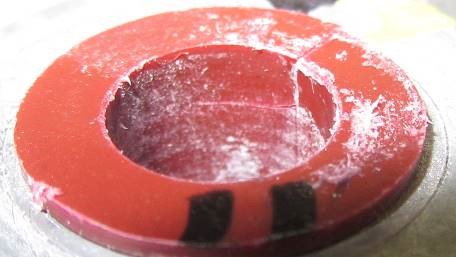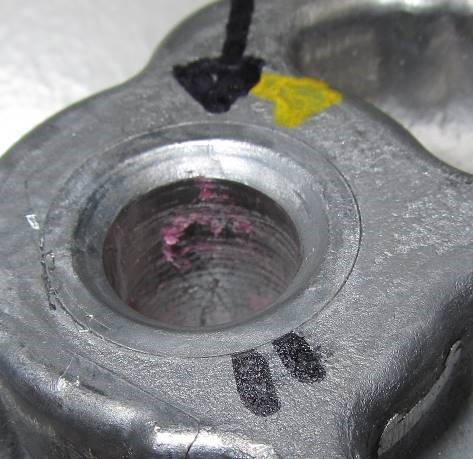Damage patterns of plain bearings – Part 3: Cracks in the plain bearing
Lars Butenschön | 15. February 2023
Damage to plastic plain bearings is often the result of improper assembly, incorrect structural design or incorrect material selection. On the one hand, the nature and mode of operation of the plastic plain bearings place some demands on the dimensioning, design and assembly of the bearing point. On the other hand, compared to metallic bearings, a more flexible design of the component geometry and a “more creative” or potentially riskier design is possible.
The various damages to plastic plain bearings can generally be easily distinguished from one another. As a result of the appearance of the damage, e. g., deformation or cracks, its cause can be inferred. In this blog post we will give you an excerpt of an insight into damage patterns characterised by deformation. Other cases of damage and their causes and solution methods can be found in the white paper “Typical damage patterns – How to avoid premature failure of plastic bushings” linked below.
Typical characteristics and causes
Cracks in the structure of the bearing range from sheared or broken flanges to complete disintegration of the plain bearing. Depending on the brittleness and fibre reinforcement of the materials, the damage patterns here can differ accordingly. These types of damage are often the result of structural challenges in the nature of the bearing point. In addition, shear forces or impacts can also cause tensions in the material, which can lead to tearing or shearing in the case of flanges. Dirt ingress or corrosion can also cause plain bearings to crack.
This is how you fix the problem
Ensure that the shape and condition of the housing bore and the bearing pin correspond to the recommendations or specifications of the bearing manufacturer. Bevels should not be too deep and should be as free of burrs as possible. Sharp hole edges should be avoided. Additional seals can help against dirt ingress.


In addition to the deformation, there are of course other types of damage that can be observed in practice. You will find more useful information on this in our white paper “Typical damage patterns – How to avoid premature failures of plastic bushings”.


